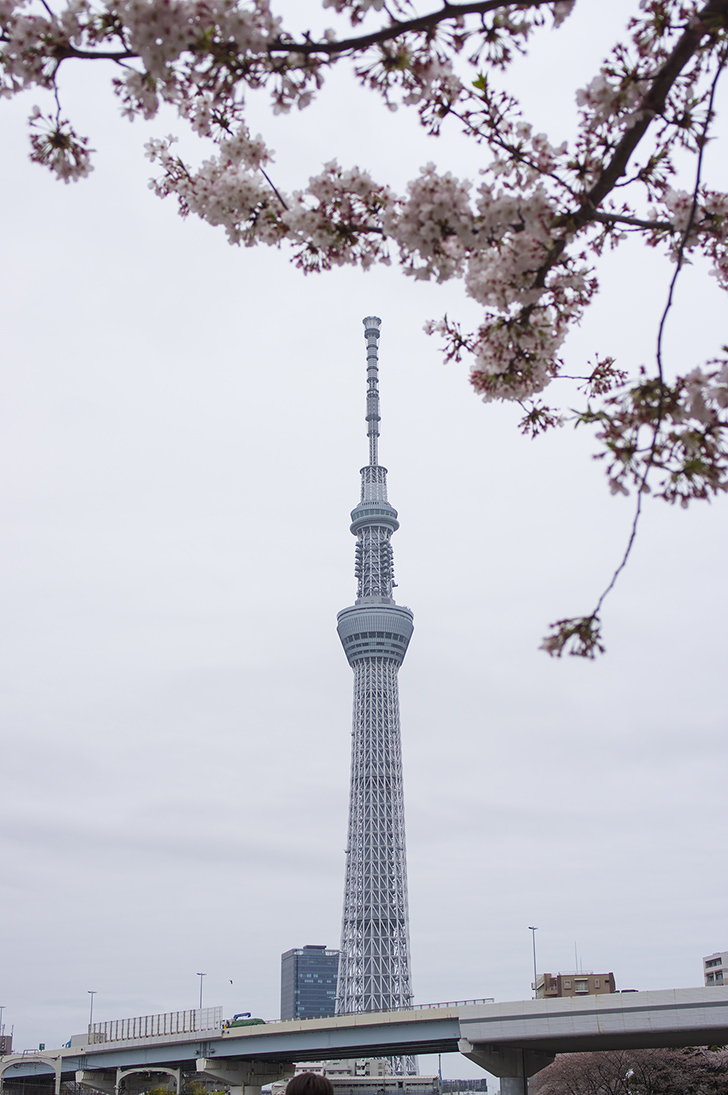Poser Presentations by High School Students
Global Science Campus is a project supported by Japan Science and Technology Agency (JST) to promote science education for high school students, aiming to foster the next generation of leaders in the areas of science and technology by developing the capacities of talented students.
ITC-Asia 2019 encourages high school students who are actively involved at such programs, and has invited the following three presentations from GSC/ROOT, which will be presented at the 100th Anniversary Hall with Industry Exhibitions. Let’s cheer them!
Location: 100th Anniversary Hall
Date: Sept.4 Wednesday 11:40 am – 4:30 pm
Sept.5 Thursday 11:40 am – 2:50 pm
Poster 1: Formation of twisted prism in liquid jet
♠Yuna Goto (Hakuryo High School)
❖Adviser: Akira Kageyama (Graduate School of Systems Informatics, Kobe University)
❖Sub-adviser: Mitsuo Yokokawa (Graduate School of Systems Informatics, Kobe University)
Abstract:
We propose a simulation model for oscillation of liquid jets issued from non-circular orifice and that a novel type of twisting liquid exists. It is well known that a liquid jet with non-circular cross section shows switching behavior of major- and minor axes of its cross section. Lord Rayleigh studied the linear regime for almost circular cross section with small sinusoidal modulations in 1879. Nonlinear theory for elliptic cross section has been established, but nonlinear regime for non-elliptic cross sections are almost unexplored. To simulate a liquid jet with that condition, a new simple model is developed. This method, which we call “surface point method,” successfully simulates the linear regime explored by L. Rayleigh, as well as a part of non-linear regime for elliptic jets. With this method, we observed a new shape of twisting jets, the total angular momentum of which is supposed to be zero.
This research is conducted in the GSC/ROOT Program sponsored by JST.
Poster 2: Estimation of the sex ratio of fish using environmental DNA technique
♠Kensei Mitsui (Nada High School)
❖Adviser: Toshifumi Minamoto (Graduate School of Human Development and Environment, Kobe University)
❖Sub-adviser: Hideyuki Doi (Graduate School of Simulation Studies, University of Hyogo)
Abstract:
In recent years, more and more organisms are in danger of extinction, and better methods for surveying the habitats of rare organisms are required. One of the methods for investigating organisms in the aquatic environment is “environmental DNA” technique, by using this technique, we can detect DNA released from aquatic organisms in water samples collected from rivers and ponds and examine what kind of organisms exist and how many organisms are there. When we use this technique, we need specific primer to detect the DNA sequences of the species under investigation. At the levels of species, genus, and class, specific amplifications have already been developed, but for distinguishing sex in the same species, no primer has yet been applied. Estimating the sex ratio of fish is important because it enables us to observe reproductive state in real time. Therefore, I designed the primer pairs that specifically amplify the DNA domain “DMY” specific to male medaka (Oryzias latipes). We confirmed that these primers can tell sex of medaka from water samples collected from water tank by using PCR. Moreover, combining these experiments with real-time PCR makes it possible to detect the sex ratio in a group of fish quantitatively.
This research is conducted in the GSC/ROOT Program sponsored by JST.
Poster 3: Aiming to improve electricity generation in microbial fuel cell using soil in the stork wetland
♠Yasunari Takaki (Hyogo Prefectural Toyooka High School)
❖Adviser: Kengo Sasaki (Graduate School of Science, Technology and Innovation, Kobe University)
❖Sub-adviser: Shigenori Tanaka (Graduate School of Systems Informatics, Kobe University)
Abstract:
The amount of electricity in the microbial fuel cell (MFC) was still small, and it was required to increase the current. The soil in the stork wetland contains divalent and trivalent irons, and electricity-generating bacteria, Geobacter sp., grow on iron as an electron acceptor. The purpose of this study is to improve electricity generation in MFC using the soil in the stork wetland and find out the appropriate electron donor.
In this study, I made the MFC by adding the soil in the stork wetland or that in normal rice field. I also made the MFC by using the followings as additives: bamboo powder, bamboo charcoal, rice straw, rice straw soup, and without addition. Finally, 10 types of MFCs were prepared.
The electricity generation was increased by using the soil in the stork wetland, compared to using that in the normal rice field. It was considered that the irons in the stork stimulated bacteria to generate electricity in the MFC. In addition, the use of bamboo powder most increased the current. It was considered that lactic acid produced from bamboo powder worked as additional electron donor. The next plan is to reveal the mechanism to increase current in MFC using stork wetland.
This research is conducted in the GSC/ROOT Program sponsored by JST.

